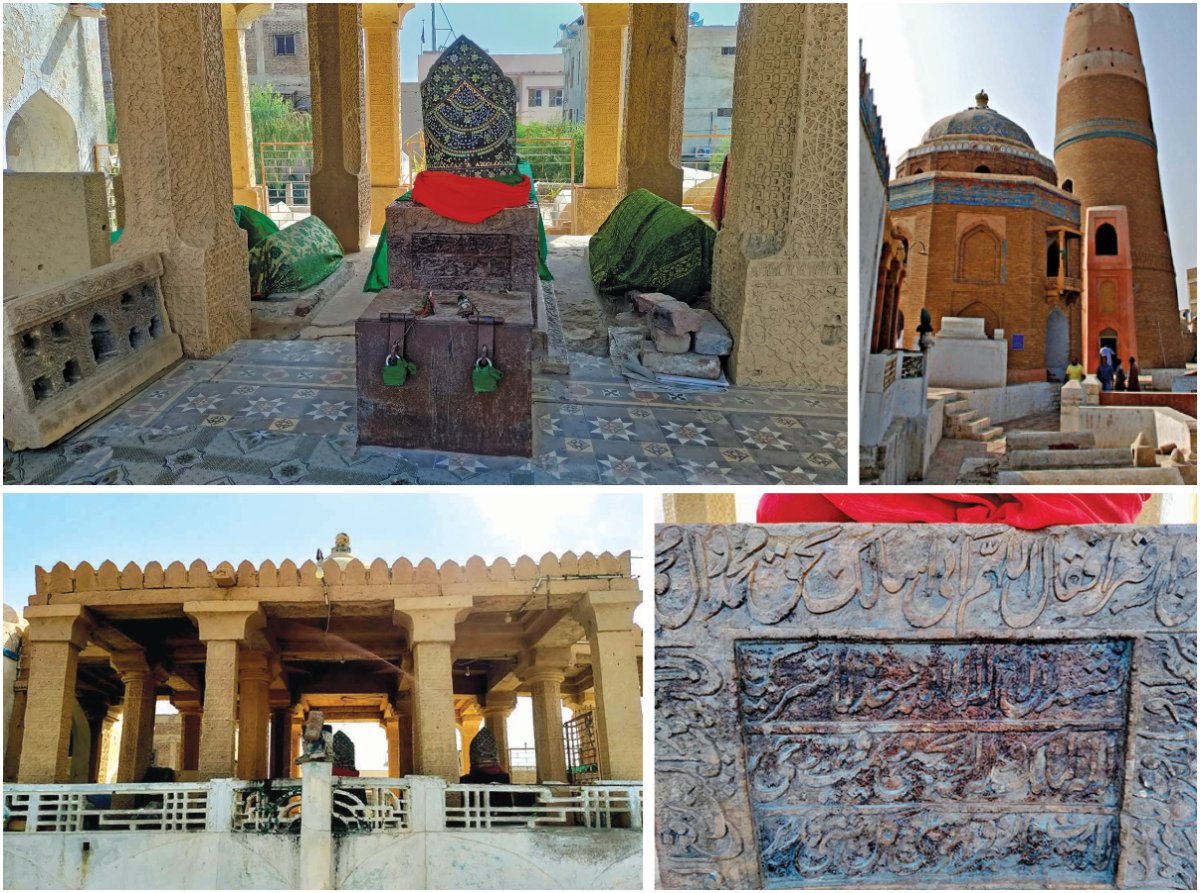
The Landmark of Sukkur
Surmounted by a dome, the Masoom Shah Minar represents the pinnacle of Mughal architecture
SUKKUR: The most conspicuous structure in Sukkur is the Masoom Shah Minar, which dates back to 1607 during the Mughal Empire in the Indian subcontinent. Syed Nizamuddin Mir Muhammad Masoom Shah, also known as Mir Muhammad Masoom Shah Bakhri, was a sixteenth-century Muslim historian, physician, and pharmacist from Bakhar, Sindh.
He served as governor under Mughal Emperor Akbar, who named him Nawab of Sukkur. Masoom Shah began construction on the minaret in 1594, and his son Mir Buzurg finally completed it in about 14 years. It is made of red brick and limestone, has a conical shape, is slightly off the perpendicular, and is crowned by a dome to which an internal stone staircase gives access.
The Masoom Shah Minar is a beautiful piece of architecture. One of its distinguishing features is the measurement data gathered during its construction; for example, the minaret’s length is 84 feet, its circumference is 84 feet, and there are 84 steps to the top. It is surmounted by a small dome, and while there are four floors within the minaret, there are windows for people to stop at, and those who climb to the top can see for miles.
This minaret is thought to have served as a watch tower, and the Rohri Lansdowne Bridge could be seen from the top of the structure. Today, iron bars can be seen on the top of this tower, which were not part of the original design but were later installed during the British era after some people attempted suicide by jumping from it.
Aaram Gah, which translates to “resting place,” is a room on the left side of the platform before entering the Masoom Shah Minar. The blue tiles used in Persian style architecture can also be seen in the construction of this building, which adds to its splendour. Despite the fact that this structure was built in 16th century, its beauty has not faded. This structure was built with red but thinner bricks than normal bricks. The courtyard around the minaret serves as a cemetery for Mir Mausum Shah and his family members. There is also a canopy built near the tower, with various Persian words written on its roof, pillars, and graves, as well as traditional carvings.
There are graves of people from the Masoomi and Mousavi families wherever there is space within the minaret’s boundaries. The Auqaf Department, which operates under the Ministry of Religious Affairs, is in charge of the minar’s maintenance and preservation. Moreover, because of the dense population surrounding the Masoom Shah Minar and the houses being uncovered, visitors to the minaret are not permitted to bring cameras.
The upper part of the Masoom Shah Minar has also been repaired several times because, as a historical building, the need for renovation and repair was felt over time.
This monumental minaret reflects Mir Masoom Shah’s passion, and it is believed that the Nawab of Sukkur constructed it on a hillock so that it could be seen not only from all areas of the city, but also the entire city could be seen from its top.
Catch all the National Nerve News, Breaking News Event and Latest News Updates on The BOL News
Download The BOL News App to get the Daily News Update & Live News.












 Read the complete story text.
Read the complete story text. Listen to audio of the story.
Listen to audio of the story.